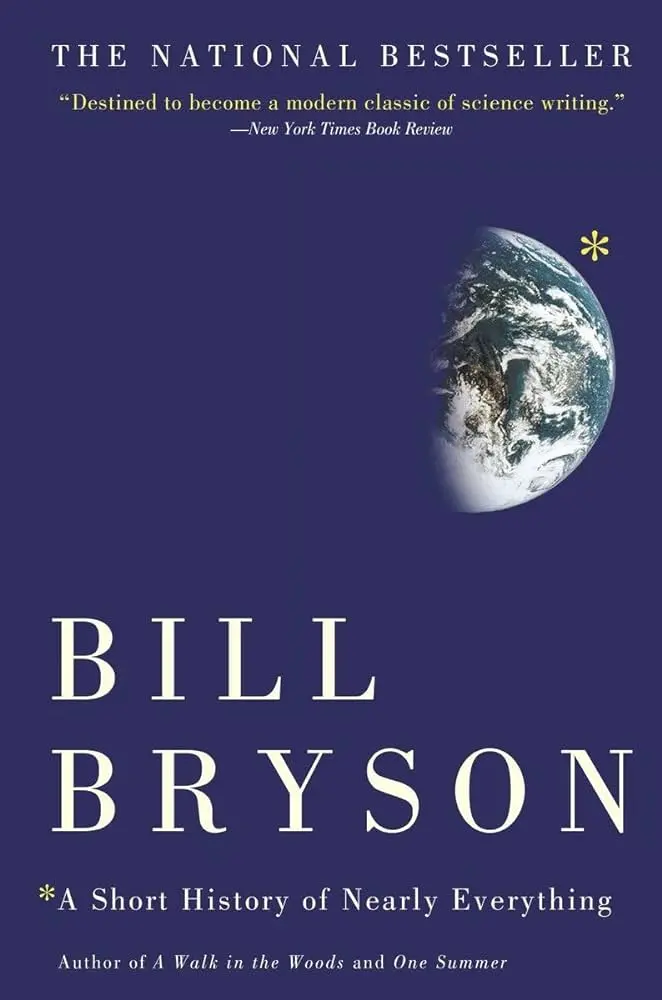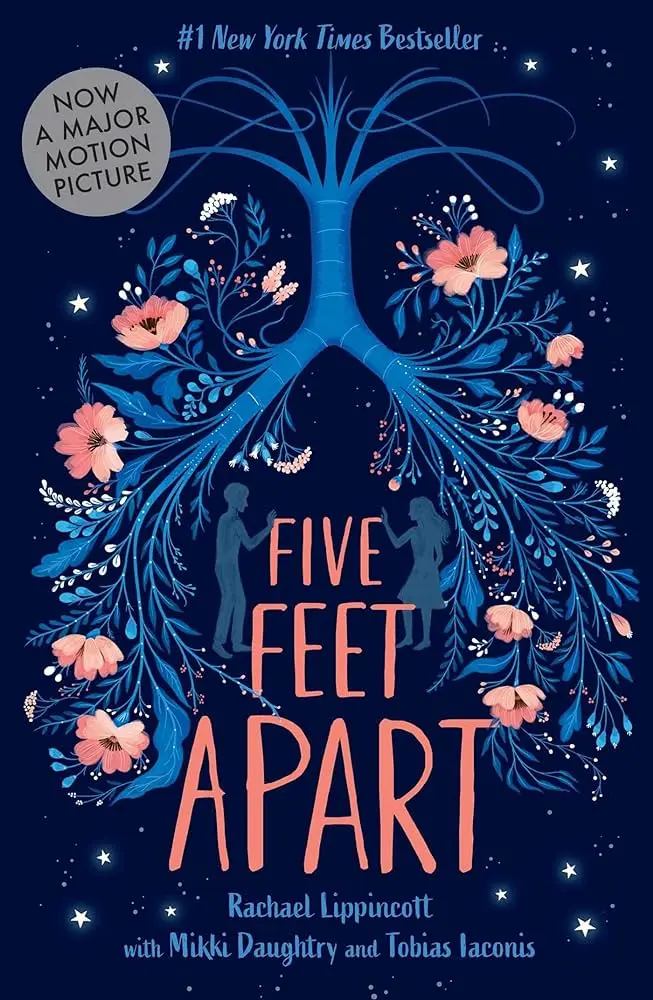An Engaging Journey Through Science and Discovery
If you’ve ever found yourself wondering about the vast complexities of our universe or the fascinating history of scientific discovery, Bill Bryson’s “A Short History of Nearly Everything” might just be the perfect read for you. This book isn’t just for science enthusiasts but for anyone curious about the world around them. Bryson, with his signature wit and engaging storytelling, makes even the most daunting scientific concepts accessible and entertaining.
Bryson starts his journey at the very beginning — the Big Bang. He takes readers through the birth of the universe, the formation of stars and planets, and the emergence of life on Earth. What makes this journey compelling is how Bryson weaves together complex scientific theories with human stories. For instance, he recounts the tale of Edwin Hubble, who discovered that the universe is expanding, changing our understanding of the cosmos forever. Hubble’s observations, made from a modest telescope on Mount Wilson, still resonate today as one of the greatest scientific achievements.
A particularly striking moment is Bryson’s recounting of how Hubble’s discovery was initially met with skepticism. Imagine peering through a telescope and seeing something that no one has ever seen before, then having to convince the world that what you’ve observed is real. It’s a testament to the persistence and vision that drives scientific progress. Bryson doesn’t just leave it at Hubble’s story; he delves into the broader implications of an expanding universe, making the science behind it understandable and fascinating.
Bryson’s ability to bring historical figures to life is particularly engaging. He doesn’t just present their scientific achievements; he delves into their quirks, struggles, and triumphs. Consider the story of Marie Curie. Bryson describes her tireless work ethic and the personal sacrifices she made for her research, painting a vivid picture of her dedication and resilience. These anecdotes make the book not only informative but also deeply human.
Marie Curie’s story is particularly inspiring. She wasn’t just a brilliant scientist; she was a trailblazer in a field dominated by men. Bryson captures her relentless pursuit of knowledge, despite the immense challenges she faced. From battling sexism to working in primitive laboratory conditions, Curie’s journey is a powerful reminder of the human spirit’s capacity for perseverance and innovation. Bryson’s detailed recounting of her life and work adds a rich layer of context to her scientific achievements, making her story both educational and emotionally resonant.
One of Bryson’s strengths is his ability to simplify and explain complex scientific concepts without dumbing them down. He uses analogies and relatable examples to make intricate ideas more digestible. When discussing the vastness of the universe, for example, he compares the number of stars to the number of grains of sand on all the beaches of the world. This kind of visualization helps readers grasp the immensity of what scientists are studying.
Bryson’s knack for analogies is evident throughout the book. When explaining quantum mechanics, he likens particles to mischievous fairies that can be in multiple places at once. This whimsical comparison not only makes a complex topic more accessible but also injects a bit of fun into the learning process. Creative explanations like these are what make Bryson’s writing so engaging. He takes the abstract and often intimidating world of science and makes it approachable for the everyday reader.
The humor that Bryson infuses into the book makes even the most serious scientific topics enjoyable. Highlighting the absurdities and peculiarities of scientific endeavors, he recounts the bizarre story of Alfred Wegener, the meteorologist who proposed the theory of continental drift. Wegener’s idea was initially ridiculed, and he faced significant opposition from the scientific community. Bryson’s recounting of Wegener’s persistence and eventual vindication is both humorous and inspiring.
Wegener’s story is a perfect example of how Bryson balances humor with respect for scientific discovery. He describes how Wegener’s colleagues thought the idea of continents moving was preposterous — like suggesting the Earth was flat. Yet, Wegener persisted, enduring ridicule and rejection. Bryson’s telling of this tale is both funny and poignant, illustrating the often tumultuous path to scientific acceptance. Many great discoveries were once considered laughable ideas, a reminder that innovation often requires bravery.
At its core, “A Short History of Nearly Everything” emphasizes human curiosity and the relentless pursuit of knowledge. Scientific discovery is often a messy, trial-and-error process, filled with unexpected twists and turns. Bryson encourages readers to appreciate the wonder and complexity of the world around us, and to stay curious and questioning.
Bryson explores the idea that many scientific breakthroughs were serendipitous. Alexander Fleming, for instance, discovered penicillin by accident when he noticed mold killing bacteria in a petri dish. This chance observation led to the development of antibiotics, revolutionizing medicine. Bryson’s recounting of such moments highlights the role of luck and happenstance in scientific progress. Sometimes, the most significant discoveries come from the most unexpected places.
Whether you’re a science buff or someone with a passing interest in the natural world, “A Short History of Nearly Everything” offers something for everyone. Bryson’s engaging prose, combined with his ability to make science accessible and fun, makes this book a must-read. The story of our universe and our place in it is as thrilling as any adventure novel.
The book’s broad scope is one of its strengths. Bryson doesn’t just focus on one area of science; he covers everything from geology to biology to cosmology. This wide-ranging approach ensures that there’s something in the book for everyone, regardless of their scientific background. Each chapter delves into a different topic, providing a comprehensive overview of how we’ve come to understand the world. Bryson’s ability to connect these disparate fields into a cohesive narrative is truly impressive.
Bill Bryson’s “A Short History of Nearly Everything” is a delightful exploration of science and discovery. With its mix of humor, human stories, and clear explanations, it’s a book that can spark curiosity and inspire a deeper appreciation for the wonders of our world. If you’re looking for a captivating read that will both entertain and educate, look no further.
Bryson’s writing style is what truly sets this book apart. He manages to strike the perfect balance between informative and entertaining. His anecdotes about the scientists themselves — their eccentricities, their obsessions, their moments of brilliance and madness — add a personal touch that makes the book more than just a history of science. It’s a narrative about human ingenuity, the relentless quest for knowledge, and the joy of discovery.
Through capturing the essence of Bryson’s narrative style and blending it with my own experiences and reflections, I hope this review has given you a taste of what makes “A Short History of Nearly Everything” a truly engaging read. Happy exploring!
Subscribe to our newsletter and get two free novels!



